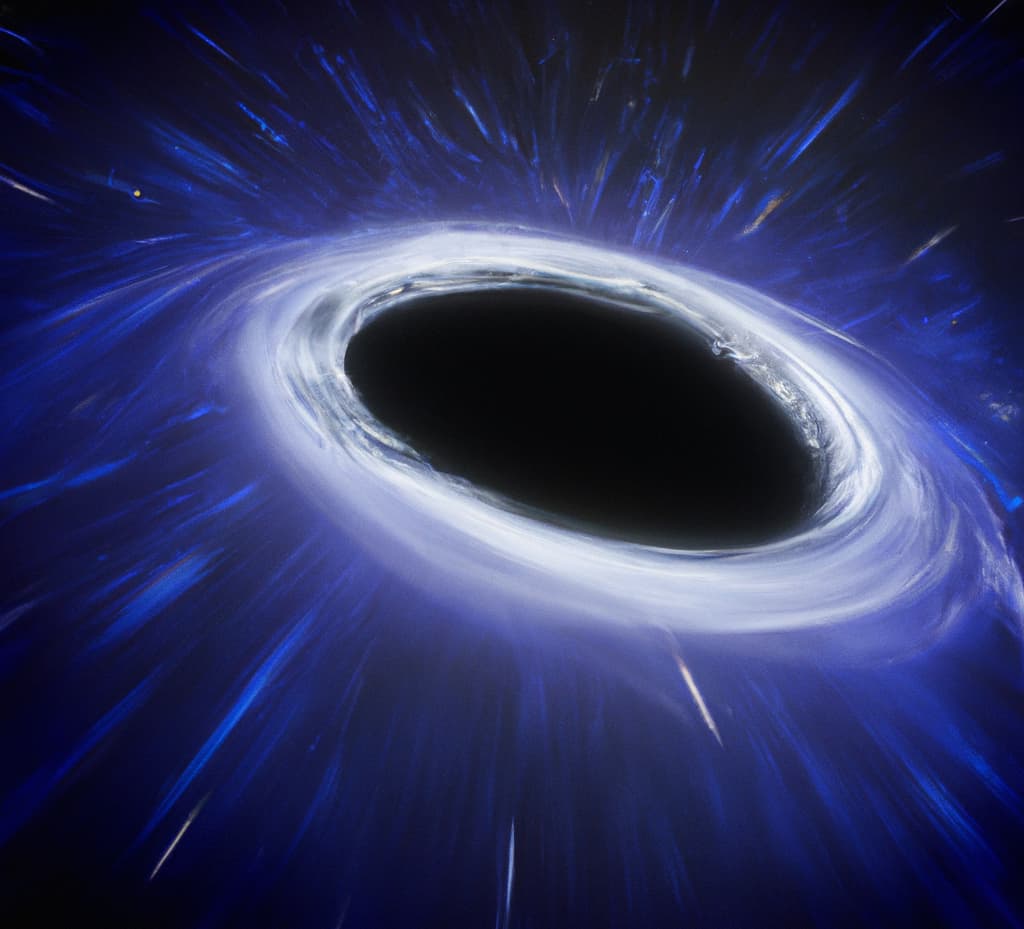Two of the mysteries in our present-day understanding of the large-scale structure and history of the universe are the accelerating expansion of the universe (discovered in 1998) and the origin of the supermassive black holes found at the centres of many galaxies, including our own Milky Way.
Although astronomers and cosmologists attribute the accelerated expansion to “dark energy”, there is no understanding of the nature of this component of the universe nor direct observational evidence of whatever may be causing it. And while the formation of black holes from the collapse of massive stars is understood and the merging of two black holes to form a larger one has been observed by the gravitational radiation it emits, neither of these processes appears to explain the formation of black holes with masses of millions or billions of times that of the Sun which have been observed in the cores of galaxies, including some too young or devoid of gas to form such an object by accretion in the time since the Big Bang.
Now, a paper just published (2023-02-20) in Astrophysical Journal Letters (ApJL), “Observational Evidence for Cosmological Coupling of Black Holes and its Implications for an Astrophysical Source of Dark Energy” argues that these two phenomena may be related and, as it were, explain one another. Due to conservation of angular momentum and the ways in which black holes are believed to form, black holes in the physical universe are expected to be spinning, often very rapidly. Such objects are described by the Kerr metric, a solution to the field equations of general relativity, but the Kerr metric is strictly valid only in a static universe: if extended to infinity, it fails to describe our expanding universe. The authors of the ApJL paper argue that a solution for a rotating black hole in an accelerating universe predicts that the mass of the black hole will, without accreting additional mass or merging with other black holes, increase along with the expansion of the universe. Here is the description from the paper’s abstract.
Observations have found black holes spanning 10 orders of magnitude in mass across most of cosmic history. The Kerr black hole solution is, however, provisional as its behavior at infinity is incompatible with an expanding universe. Black hole models with realistic behavior at infinity predict that the gravitating mass of a black hole can increase with the expansion of the universe independently of accretion or mergers, in a manner that depends on the black hole’s interior solution. We test this prediction by considering the growth of supermassive black holes in elliptical galaxies over 0 < z ≲ 2.5. We find evidence for cosmologically coupled mass growth among these black holes, with zero cosmological coupling excluded at 99.98% confidence. The redshift dependence of the mass growth implies that, at z ≲ 7, black holes contribute an effectively constant cosmological energy density to Friedmann’s equations. The continuity equation then requires that black holes contribute cosmologically as vacuum energy. We further show that black hole production from the cosmic star formation history gives the value of Ω_Λ measured by Planck while being consistent with constraints from massive compact halo objects. We thus propose that stellar remnant black holes are the astrophysical origin of dark energy, explaining the onset of accelerating expansion at z ∼ 0.7.
The hypothesis of black hole mass increasing as the universe expands thus explains how supermassive black holes got that way (they formed in the very early universe, perhaps from the collapse of ultra-massive primordial Population III stars),and then grew as the universe expanded). Further, if these relativistic objects are described by a metric compatible with an expanding universe, they may exert negative pressure which causes the expansion of the universe to accelerate (this is discussed in an earlier paper by authors Croker and Weiner, “Implications of Symmetry and Pressure in Friedmann Cosmology. I. Formalism” [full text {PDF}]), without the requirement of a cosmological constant or other form of “dark energy”. Finally, the growth of black hole masses along with the expansion of the universe explains why the acceleration of the universe’s expansion began around the time it did, being coupled to the extent of expansion and formation of new stellar mass black holes rather than an independent parameter whose value would otherwise have to be fine tuned to explain what we observe.
Is this correct? Nobody knows—this is a highly speculative scenario, but then so is mysterious dark energy whose origin and nature is unknown, and appears to require exquisite fine tuning lest the universe immediately collapse into one enormous black hole or else go pffft into the void before stars and galaxies have a chance to form. The authors suggest observational tests which might provide additional evidence for or falsify the model presented.
